Say I have the following three phase wye configuration:
Let’s also assume that all three loads have the same constant resistance, therefore in this case the system is balanced and the neutral wire is not carrying any current.
The line to neutral voltage is 230v and the line to line voltage is 400v. The loads are purely resistive, they have no reactive components. Let’s say they each have \$1k \Omega\$ of resistance.
In this case we can calculate the power by simply doing \$P = \frac{V^2}{R} = \frac{230^2}{1000} = 53W \$ . Since we have 3 loads on three different phases, we can multiply 53 by 3 to get the total power; \$53 \cdot 3 = 160W \$
Now instead of wiring up three loads with 4 different cables (even though the neutral isn’t needed in this case) why don’t we try to connect one load in between two lines, i.e, connecting a load using the line to line voltage which is 400v. If we do this the total power is: \$P = \frac{V^2}{R} = \frac{400^2}{1000} = 160W \$
We seem to have the same power as our other configuration.
This of course is no coincidence due to the fact that line to line voltage is \$ \sqrt3 \cdot V_{phase} \$.
So the question is, why always use a 4 wire system (L1, L2, L3 and neutral) as opposed to using a two wire system since both systems deliver the same power? Isn’t it cheaper and easier to wire up some power hunger appliance with 2 wires instead of 4?
I’m aware that 3 phase ac motors require 3 phase in order to function and probably other appliances can’t handle 400v but they can 230v on three different sections.
So what is the main reason why this two wire line to line voltage system is practically never used?
Thanks
